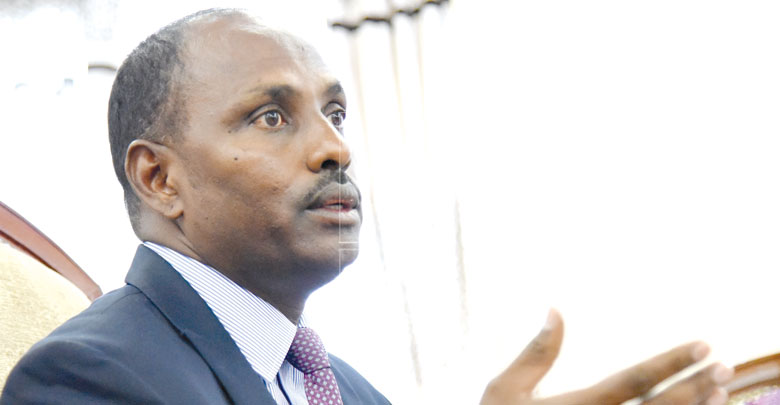Treasury mulls ways to cut risk of debt distress
By Lewis Njoka, February 15, 2021National Treasury has put in place plans to reduce Kenya’s risk of debt distress from high to moderate within the next three financial years.
In the October 2020 edition of Africa Pulse, published by World Bank, Kenya was ranked as being at a high risk of debt distress alongside Ethiopia, Ghana, and Sierra Leone.
However, Treasury in its 2021 mediumterm debt management strategy, now says it plans to reduce fiscal deficits and public debt vulnerabilities to cut the risk of debt distress from high to medium by 2023/24 financial year.
Treasury Cabinet Secretary, Ukur Yattani said to achieve this, the government will reduce the fiscal deficit to levels consistent with the gross domestic product (GDP) growth rate.
“In the medium-term, ministries, departments and agencies (MDAs) will be expected to use low-cost, innovative service delivery strategies to reduce expenditure,” he said in the debt management strategy.
He said going forward, reducing fiscal deficit remains key to stemming debt accumulation and maintaining of debt at sustainable levels. In its latest weekly bulletin released February 12, Central Bank of Kenya (CBK) estimates the country’s public at Sh7.3 trillion as of December 2020.
Borrowed externally This comprises Sh3.5 trillion borrowed locally and Sh3.8 trillion borrowed externally. Several organisations have in the recent past warned that Kenya’s debt appetite could land the country into economic problems and called for caution in borrowing.
In a statement issued last Thursday, the Institute for Certified Public Accountants of Kenya (ICPAK) said it expects the country’s debt position to worsen due to factors such as reduced income tax, increased transfer payments by the government, reduced economic activity and increased borrowing due to the Covid-19 pandemic.
“The institute is of the considered opinion that there is need to strengthen austerity measures and tighten fiscal consolidation to control the growth of public debt,” said ICPAK chair, Rose Mwaura in a statement.
“It is already noted that public debt portfolio is large and may pose substantial risk to the government’s balance sheet and the country’s financial stability. If not managed prudently, it poses risks to the budget and large economic losses in future,” she added.
The position by ICPAK echoes an earlier one by global rating firm, Moodys, which in September last year warned the country to go easy on borrowing before it enters into a debt crisis. Moodys warned that the country would compromise its ability to absorb future financial shocks if it did not tame its appetite for borrowing.
Central Bank too has also on several occasions warned that the country was fast speeding towards the Sh9 trillion debt ceiling set by Parliament in 2019.
Public debt The Public Debt Management Bill, 2020, currently in Parliament seeks to create a semi-autonomous unit to manage public debt, a responsibility currently under National Treasury’s Public Debt Management Office.
Currently, the public debt is run as one of the directorates under the National Treasury, and is headed by a director general who reports to the Treasury principal secretary.
More Articles

